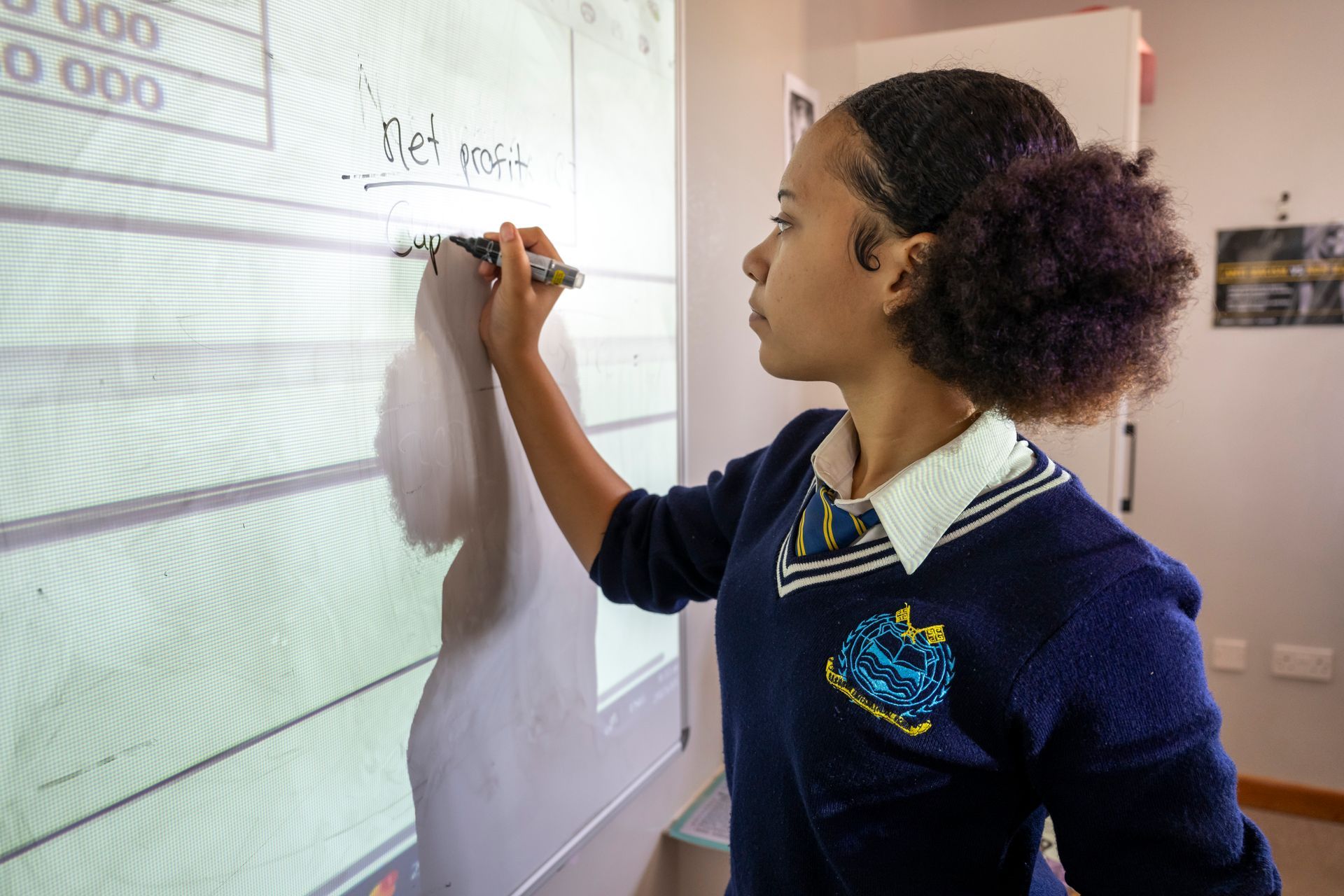BACK TO SCHOOL ANXIETY

Going back to school can evoke feelings of joy for some but not others. One child may be filled with feelings of excitement as they anticipate having to see their friends once again at school, whilst another child may be overwhelmed with feelings of anxiety at the thought of starting school.
Although it can be quite normal to experience some degree of uneasiness at the idea of returning to school, changing school or commencing kindergarten some children find it hard to overcome these feelings of anxiety.
One may wonder why children sometimes experience back to school anxiety. Let us explore a few possible factors:
a) Going back to early mornings, homework and extracurricular activities can be quite overwhelming for some.
b) Worries about fitting in and/or making friends
c) Conflict with peers or fellow students,
d) Insecurities about their physical appearance
e) Unpleasant interactions with school personnel, e.g. teacher, coach etc.
f) Bad memories of their past experiences in school may make one think that the current year will be the same
g) Much younger learners may feel uneasy about being away from their parents and caretakers. This is very common amongst kindergarten and lower primary school pupils
h) Fear of academic failure and/or not meeting the expectations of their parents or teachers can be quite anxiety provoking.
With that said, it is important that learners are provided with the necessary support to ensure adequate adaptation to a school environment.
Tips to help ease back to school anxiety
a) Parents are encouraged to check their own temperatures first. The idea of having to reinstate routines, assist with homework, manage after school activities just to mention a few can be daunting for parents. Since children take cues from their parents, it can be quite easy for the parent to transfer their own anxious feelings on the child. Remain calm and model calm behavior for your child.
b) Prepare early. Get bedtimes and wake up times back to normal a week or two before school starts.
c) Create a routine for getting up, getting dressed, having breakfast and leaving for school. Establish a consistent daily schedule ahead of time.
d) Take heed to the child’s concerns. Concerns may range from complaints about homework or a fight with a friend. Try not to be dismissive and listen attentively. Acknowledge the child’s feelings and where possible give comfort, assurance and assistance on how to sufficiently address the difficulties raised.
e) Take a trip to the school before school opens. This is especially helpful if it’s a new school. You and the child may take a tour of the school premises to help the child familiarize themselves with the environment ahead of time. For kindergarten pupils you may also practice with them ‘sitting in class’ and ‘getting out of the car at the drop off point.’ The school trip may be conducted repeatedly as exposure and repetition may ease their anxiety.
f) Allow for the use of small comfort items, e.g. a photo or favorite toy can help sooth a child in distress.
g) Plan a hand-off on the first morning if you anticipate that your child will probably refuse or be hesitant to separate from you, then. A friend or school personnel could get ready to meet your child and distract them by giving them something to do immediately. If the hand-off is successful, be sure to offer positive reinforcement later. You may say, “you did exceptionally well by heading straight to class this morning.”
h) Practice relaxation techniques to help your child manage anxious feelings. Teach them deep breathing exercises, mindfulness etc.
i) Set realistic expectations. Let your child know that what matters is for them to exert effort in all they do. Avoid emphasizing outcomes.
j) Stay positive. Talk with your children about the things that make school fun. For example, making new friends and attending extracurricular activities. Feel free to share some of your own pleasant experiences of the time you were in school
Although children are different, ideally a child should be able to adjust to a school environment after some time. However, if considerable amount of time has elapsed and the child still presents with debilitating anxiety, sad mood, refusal to attend school, frequent physical symptoms such as stomach aches, headaches etc., link the child to care. Start with teachers and the School Psychologist so as to offer the child the necessary support. Early intervention can have a significant impact in your child’s wellbeing and overall school success!



